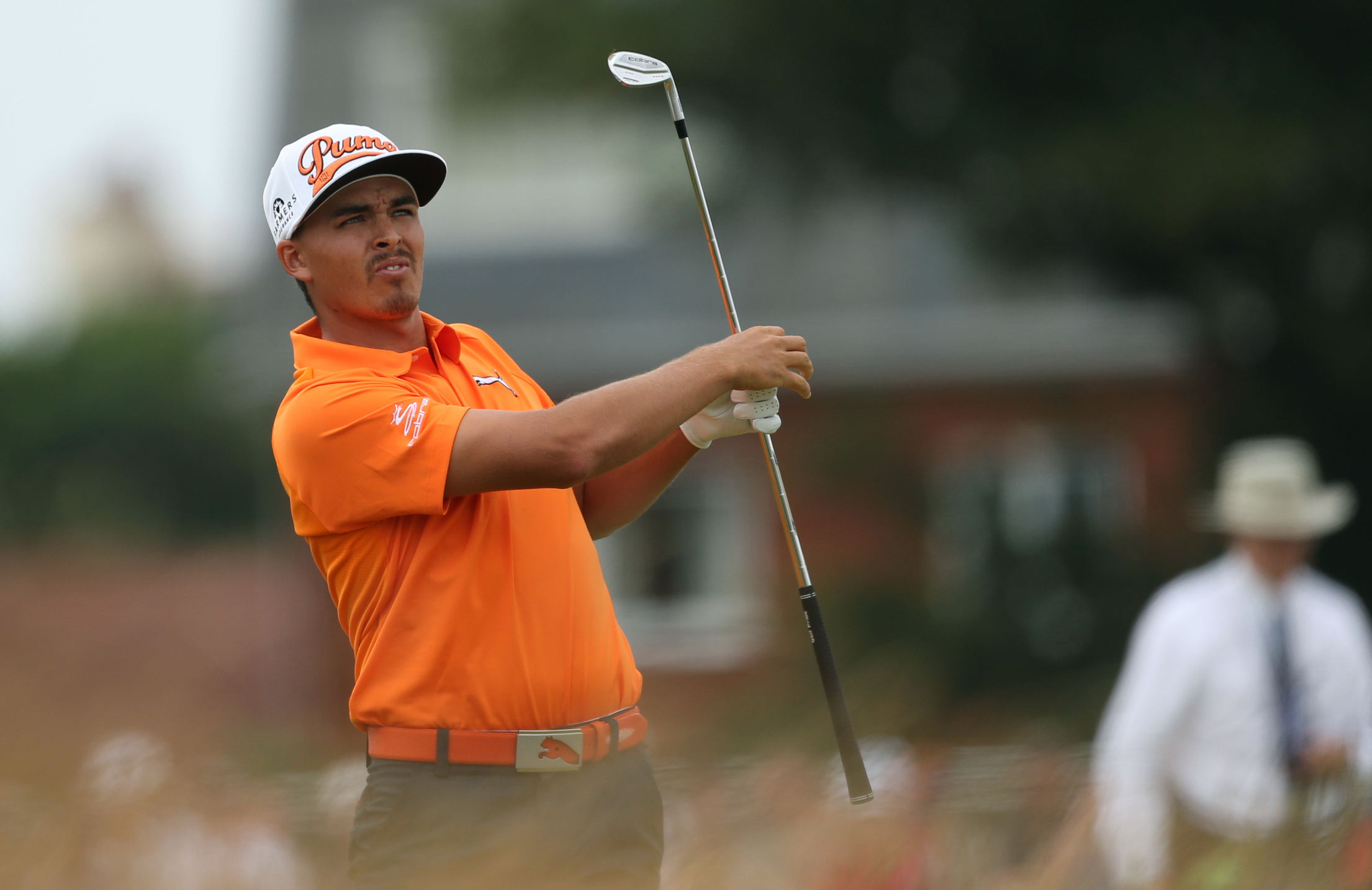Uniforms dominate the attire that athletes wear in professional sports but golf is different. It’s an individual sport, allowing room for flexibility and creativity, as long as it’s within the confines of USGA regulations.
“Golf is a game of integrity, decorum and proper sportsmanship,” said Victoria Student, a historian at the USGA, “but really the only constraint from at least the USGA standpoint is, I think it says, ‘You have to remain neat in your clothing and appearance’ on player applications, which really leaves a lot of room for the player to display their personal style. I mean, we’ve seen over the years players who like to push the envelope.”
As the U.S. Open descends on Oakmont, golfers from around the world will look to stand out on the golf course with their play. A few, though, will stand out with their appearance, too.
Players must find the proper balance between function and style. Student says the pendulum swings more toward the former.
“Overall it’s mostly remained that function has played a large role in golfer’s fashion,” she said.
But that doesn’t mean players can’t carve their own niche in golf apparel. Jon Daly hitched his wagon to multicolored pants with crazy patterns. Billy Horschel took a page out of Daly’s book and wore blue pants with octopuses on them in the 2013 U.S. Open.
“There’s some real flexibility and players can really show their creativity when it comes to their clothing,” Student said.
Bryson DeChambeau has worn a Ben Hogan-style cap, and Rickie Fowler has popularized flat brim hats and bright clothing, showing just how far golfers’ attire has evolved in the past 200 years.
Fowler defines his style as a hybrid, inspired by golf and action sports. “I grew up riding and racing dirt bikes and the loud colors and flat bill hats and stuff like that were nothing out of the ordinary. So I’m kind of in the middle. Golf, action sports, a little combo of everything.”
In the mid-1800s, Scottish golfers wore tweed jackets that were adapted from hunting jackets, Student said. A tweed golfing jacket had roomy pockets and a square plate in the back.
Around the 1920s, the jacket gave way to pullover sweaters and players stop wearing ties. After World War II, trousers replaced plus-fours, pants that extend four inches below the knee and promote greater freedom of movement. Payne Stewart, who died in a 1999 plane crash, often wore plus-fours, along with caps and knee-length socks, in the 1990s.
Then came the short-sleeve, knit shirt, which gained popularity in the 1940s and 1950s. Golf attire in the 1960s and 1970s “most readily imitated the style of the times,” Student said, referencing turtle necks, plaid clothing and bell bottom-style pants.
The next two decades ushered in stretchy fabrics and baggy shirts, before the game, and its clothing, became more athletic. In the new millennium, golfers began wearing lighter materials, stretch paneling, vented clothing and form-fitting attire, Student said.
“If you check out Rory McIroy, he’s wearing the tightest shirts in the game out there,” she said. “So he’s an athlete that works out a lot, they all have an appreciation for fitness at this point so I think that clothing has certainly reflected that change in the game as well.”
Throughout the evolution of golf clothing, the sport has also been impacted by advertisers and endorsements, concurrent with the rise of television. Julius Boros is considered the first golfer to have clothing endorsed by a sponsor, Student said. Boros won the 1968 PGA Championship with Amana, a household appliance company, stenciled on his visor. Before that, Wilson was one of the most popular endorsers of male and female golfers, in terms of promoting their sporting goods on television.
During his driving range session Tuesday, Fowler had nearly a half-dozen company logos on display, from his Puma shirt and shoes, a Cobra golf bag, a Red Bull water ball and golf towels, and a Mercedes patch on his sleeve.
“For endorsements on clothing, that sort of starts with television’s popularity as well,” Student said. “So the late 1960s and then now oftentimes players and sponsors will release clothing combinations like weeks in advance of the championship.”
For example, Under Armour-sponsored golfer Jordan Spieth might reveal what he’s wearing for a championship on Instagram, giving his followers a sneak peek of what’s to come. Despite his fall from grace, the relationship between Tiger Woods and Nike remains a prominent one in the sport, Student said.
“They’re walking around for four hours,” she said, “so you’ve got a great opportunity to have a guy wearing the label of your clothing company for a long period of time on television.”
Andy Wittry: awittry@post-gazette.com.

Comments
Login Register Logout